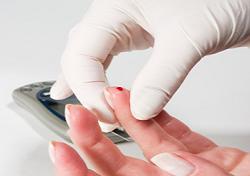What are Good Diabetic Menu Plans?
Need a good diabetic menu plan? For most diabetics eating right isn’t a choice - it's more like it's part of their lives. Without the proper diet and exercise the diabetic’s body will begin to suffer damage and the end result will be a rather short and miserable life - not a pretty picture! Common Diabetes is a very serious non-communicable disease that is currently spreading over the United States and the entire world. One Simple Rule for Your Diabetic Meal Plans If you want to have a great diabetic menu plan, you only need…



